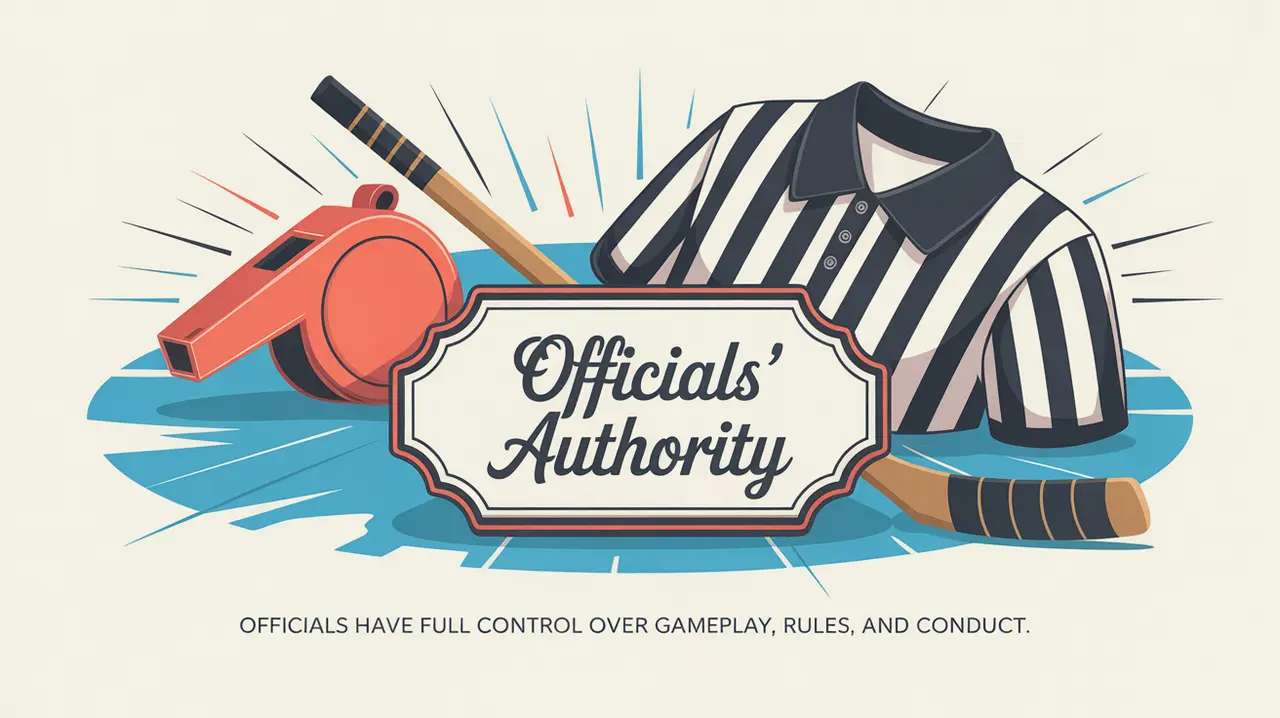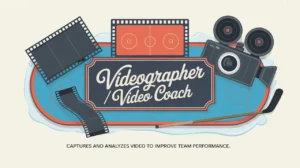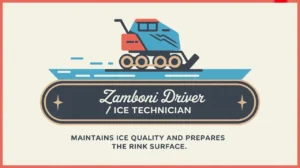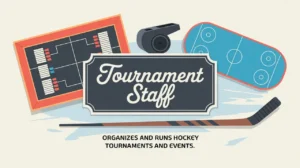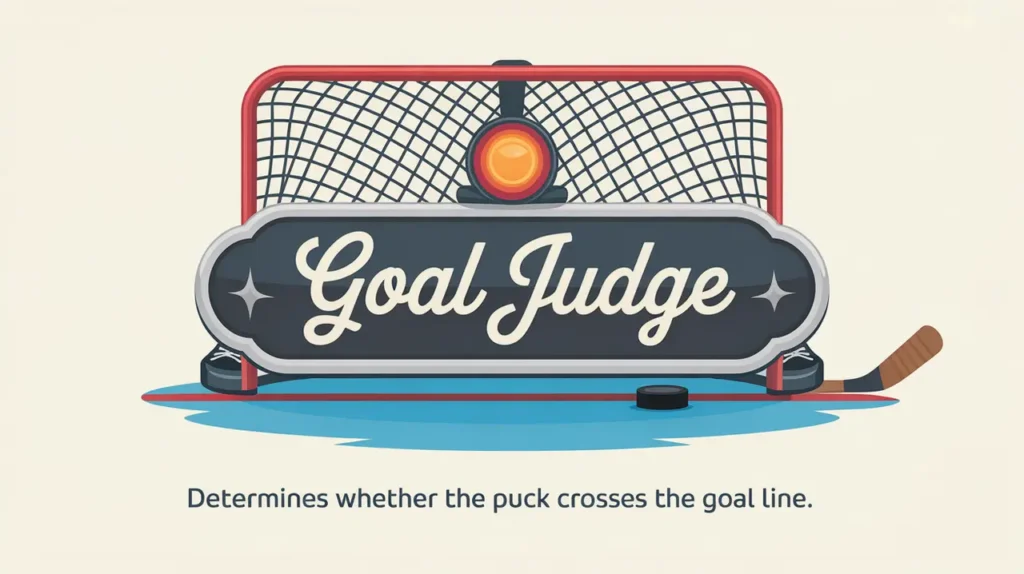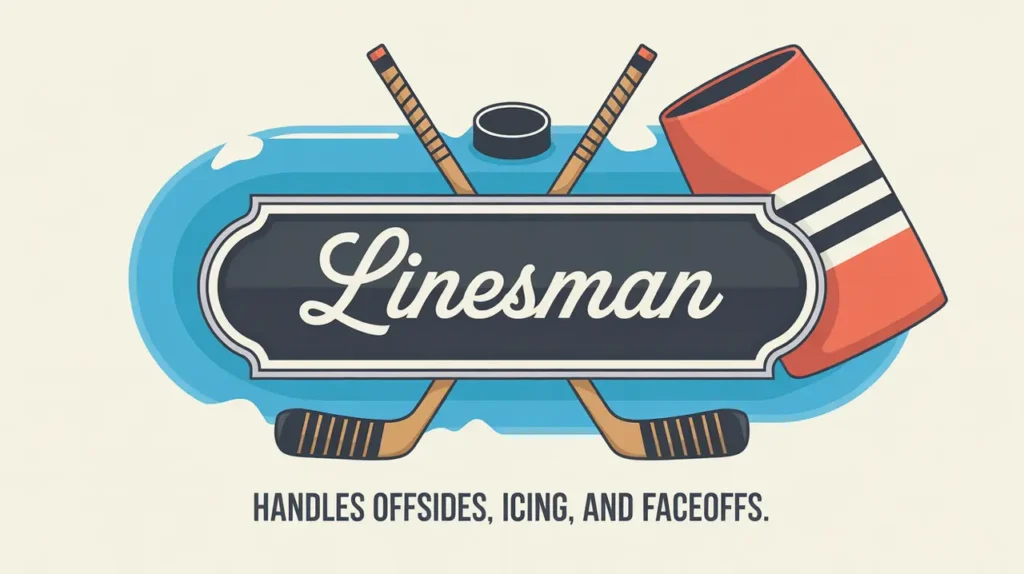Jim’s Intro to Officials’ Authority
Hi folks, Jim here, the only commentator who once asked a referee if they has the authority to give him a lifetime supply of crispy donuts.
What is officials’ authority?
Officials’ authority refers to the formal power granted to referees and linesmen to enforce the rules, control the flow of the game, and make binding decisions on all matters during play. From the moment they step onto the ice, officials hold the final say on goals, penalties, timing, and player behavior, ensuring the game is conducted fairly and within the rulebook.
Their authority is both positional (given by the governing league) and situational (recognized by players and coaches through their presence, signals, and decisions). Without it, hockey would be a noisy, chaotic free-for-all.
How does it work?
Officials’ authority shapes the game through rule enforcement, game management, and respect:
Rule Enforcement
- Referees and linesmen apply the rulebook consistently to call penalties, enforce offsides and icings, validate goals, and manage faceoffs.
- Their interpretations of the rules are binding during the game. Even if a coach disagrees, the official’s call stands unless overturned through a formal review.
On-Ice Jurisdiction
- Their authority begins the moment they step on the ice and continues until they leave.
- They have the power to assess penalties for infractions, misconduct, or unsportsmanlike behavior, and can eject players or coaches when necessary to maintain control.
Final Say on Decisions
- Only officials can determine whether a goal counts, assess penalties, and decide on game-altering calls like penalty shots or major penalties.
- Even when using video review, referees make the final ruling after consulting with video officials.
Game Management
- Beyond just calling infractions, officials manage tempo, diffuse tension, and keep players safe.
- They use their presence, positioning, and communication to guide the game’s rhythm, especially during heated or playoff-intensity moments.
Symbol of Neutrality
- Officials represent neutral authority. They are not for or against any team, which gives their decisions legitimacy.
- Their ability to stay composed, clear, and consistent under pressure builds the trust needed for their authority to hold.
Common Situations Involving Officials’ Authority
- Penalty Disputes: A coach argues a call, but the referee’s ruling stands.
- Goal Challenges: After video review, the referee announces the final decision.
- Player Ejections: Officials remove players for major penalties or misconduct.
- Bench Minors: Officials assess penalties to coaches or benches for unsportsmanlike conduct.
- End-of-Game Control: Officials decide when to stop play for safety or misconduct.
How do you make good decisions with it?
Good use of authority relies on clarity, consistency, and composure.
- Apply the Rules Consistently: Players respect fairness even when they dislike the call.
- Communicate Clearly: Signals and brief explanations reduce confusion and frustration.
- Stay Calm Under Pressure: Authority is strongest when officials don’t get rattled.
- Be Decisive: Waffling invites challenges. Firm, quick decisions maintain control.
- Separate Emotion from Judgment: Personal reactions have no place in rulings.
How do you master it?
Mastering officials’ authority requires experience, confidence, and respect for the game. Officials learn to balance strict rule enforcement with intelligent game management, earning credibility through consistency over time. They also develop presence, commanding the ice without yelling, but just through posture, positioning, and clear signaling.
What does it look like when done right?
A great officiating crew keeps the game competitive, physical, and intense without letting it spiral out of control. Calls are made firmly, arguments are heard but not indulged, and players adjust to the standard. Even when controversial plays happen, everyone knows the officials are in charge and the game moves forward.
Commentator’s Corner
Jim’s Take
Officials aren’t the stars, but without their authority, the whole show falls apart. They’re like traffic lights: you don’t think about them when they work, but chaos erupts when they don’t.
Parent Tip
Teaching young players to respect officials helps them focus on their game instead of the calls. Complaining rarely changes a decision, but respect builds maturity.
Player Tip
Argue less, adjust more. The quicker you adapt to how a game is being called, the more advantage you gain over players who keep chirping.
A Final Thought
Officials’ authority is the foundation of organized hockey, balancing the emotion and intensity of the sport with structure and fairness. When mastered, it blends rule knowledge, presence, and game management, turning fast, physical play into a fair contest everyone can trust.

